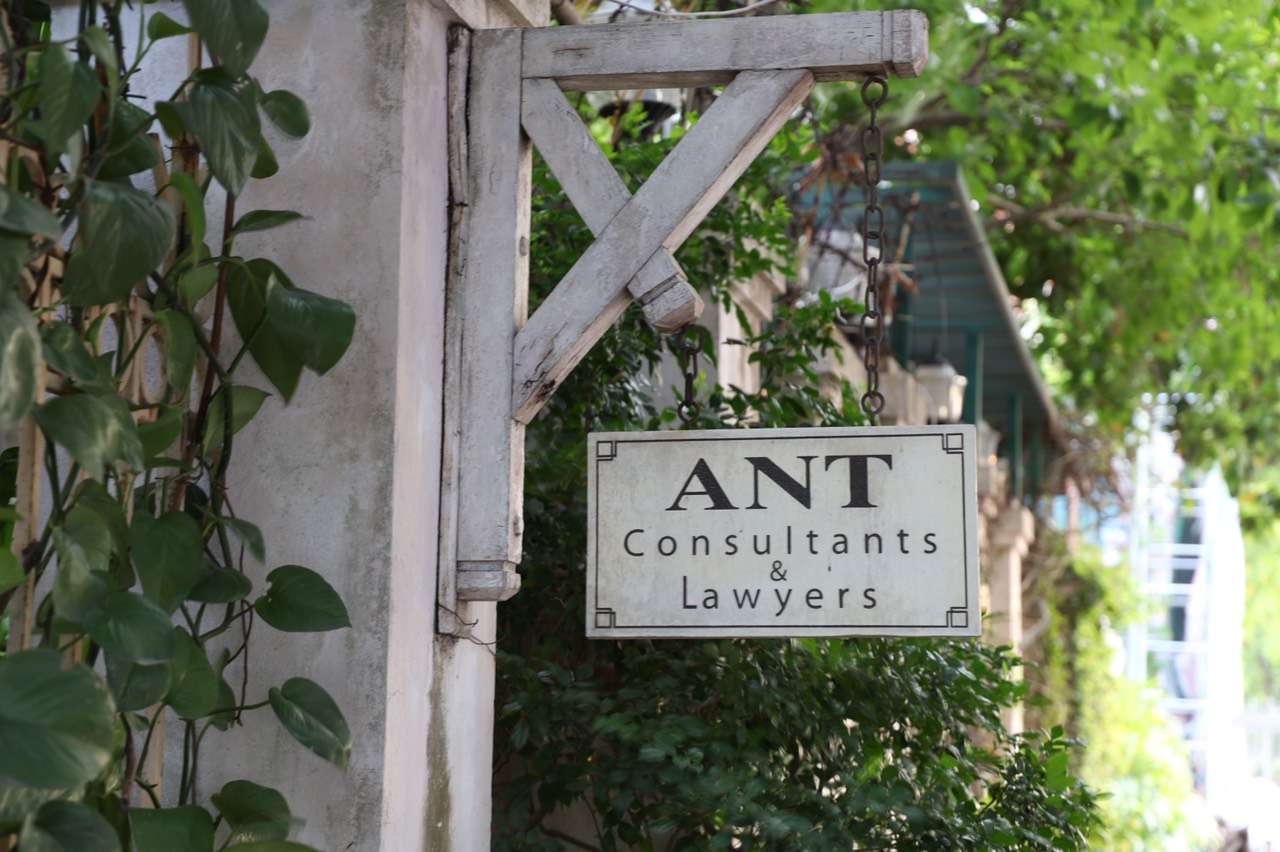On October 16th, 2018, Vietnam Government
issued Decree No. 144/2018/ND-CP amending, supplementing the decrees on
multimodal transport. Under the law of Vietnam, multimodal transport (“MT”) is
the transportation of goods performed with at least two different modes of transport
under the multimodal transport contract from an original place to a place
designated for delivery, the carrier is liable for the entire carriage. MT
business includes: International multimodal transport (“IMT”) and Domestic
multimodal transport (“DMT”).
The new decree eliminates and simplifies
regulations on IMT business conditions and abolishes DMT business as a
conditional business line. In fact, DMT including many transportations such as
transport by sea, air,… is governed by specialized laws on each transport,
hence it is not necessary to stipulate additional business conditions when
conducting the combined transport.
Regarding the conditions of IMT business, the
new Decree no longer differentiates between domestic and foreign enterprises as
in the past, all enterprises therefore must meet the followings:
(1) Maintaining a minimum amount of assets
equivalent to SDR 80,000 or provide an equivalent guarantee or an alternative
of financial character as regulated by laws;
(2) Having a liability insurance policy for
multimodal transport operator or an equivalent guarantee.
In addition, in order to facilitate member
state of the ASEAN Framework Agreement on Multimodal Transport or another
international treaty on multimodal transport to which Vietnam is a signatory,
new regulations are stipulated as follows:
(1) Having a registration certificate of
international multimodal transport or another document of equivalent validity
issued by the competent national body of its country;
(2) Having a liability insurance policy for
multimodal transport operator or an equivalent guarantee.
The licenses to provide international
multimodal transport service issued by competent authorities of Vietnam before
the date of entry into force of this Decree are still valid until their
expiration dates.
With the role of supporting trading
activities, modern transports need to meet the increasingly complex
requirements of the domestic and international transport market, which not only
deliver goods but also connect the transport process into an uninterrupted
transport chain to ensure a faster and safer transport process.
Transport lawyers at ANT Lawyers, the law firm in Vietnam have always following up the
legal development on transportation to provide our clients with regular update
on the matter


















.jpg)
.jpg)
.jpg)
.jpg)
.jpg)
.jpg)
.jpg)
.jpg)
.jpg)
.jpg)
